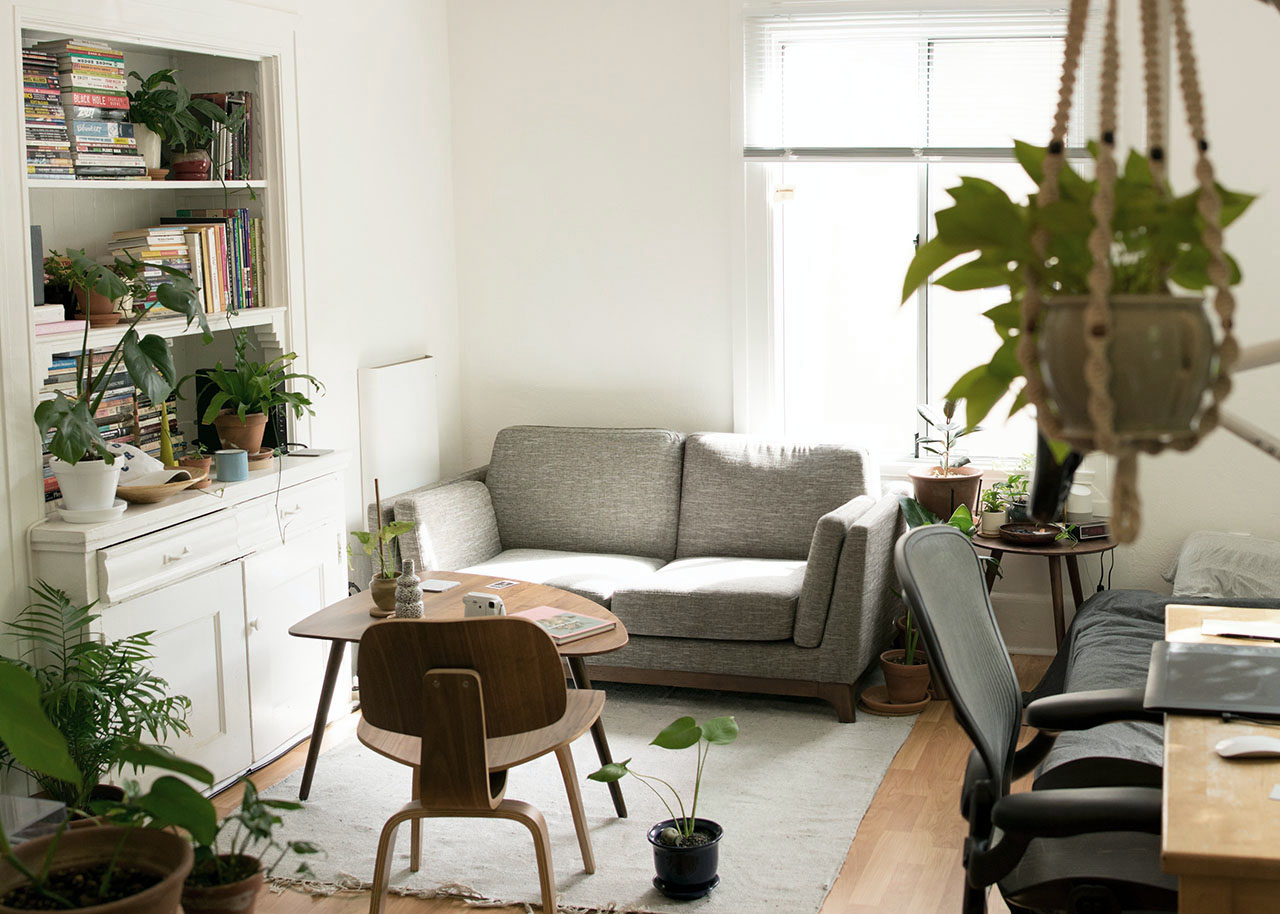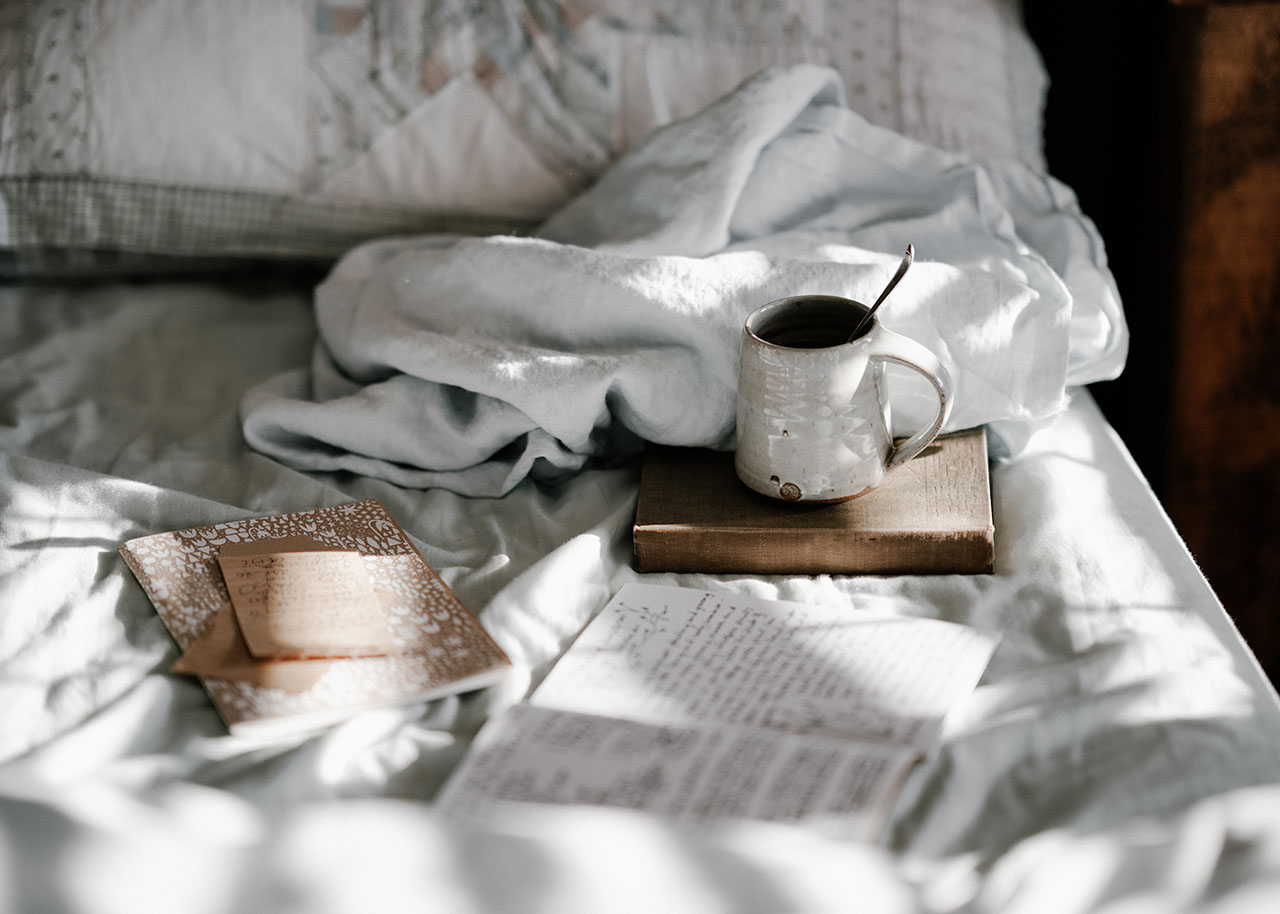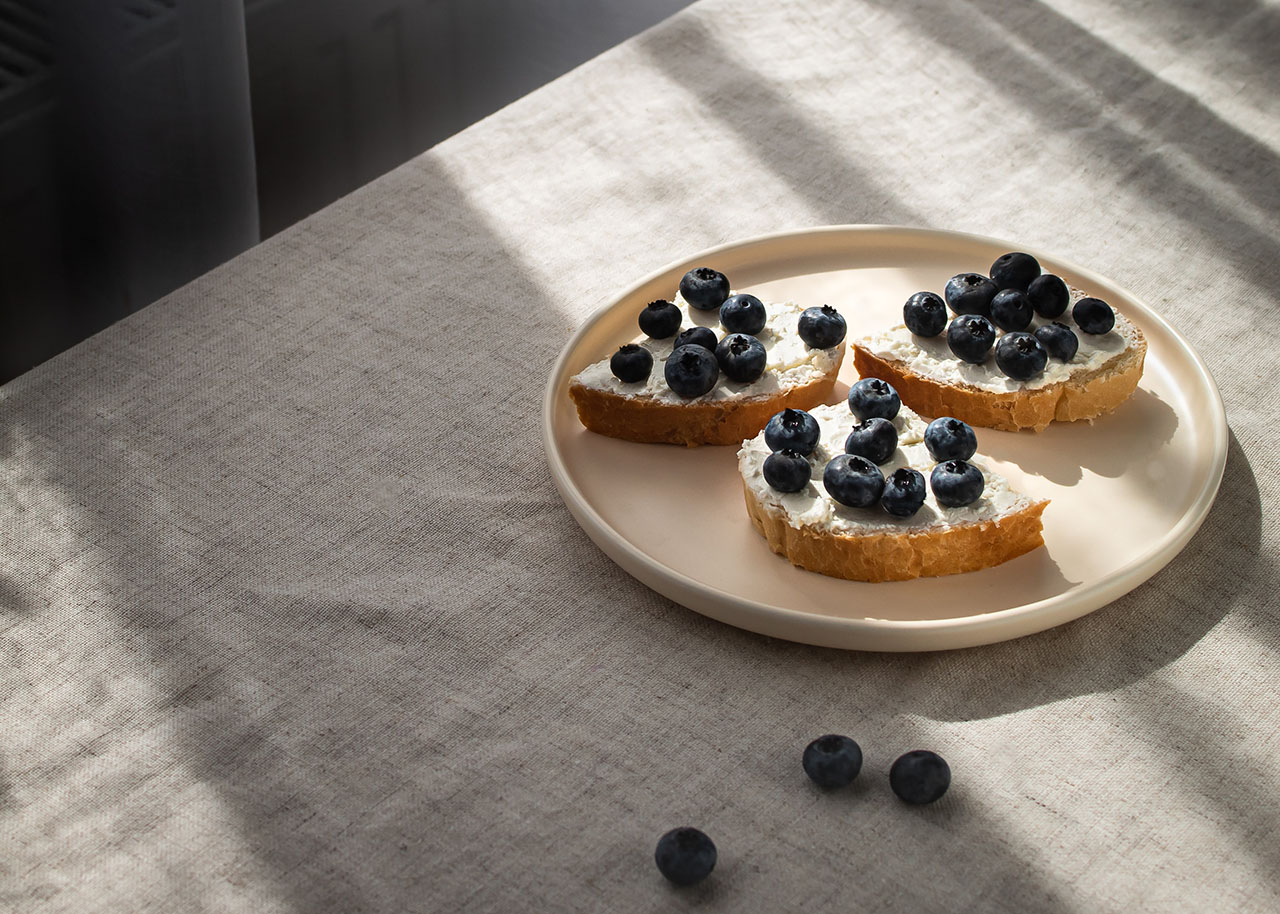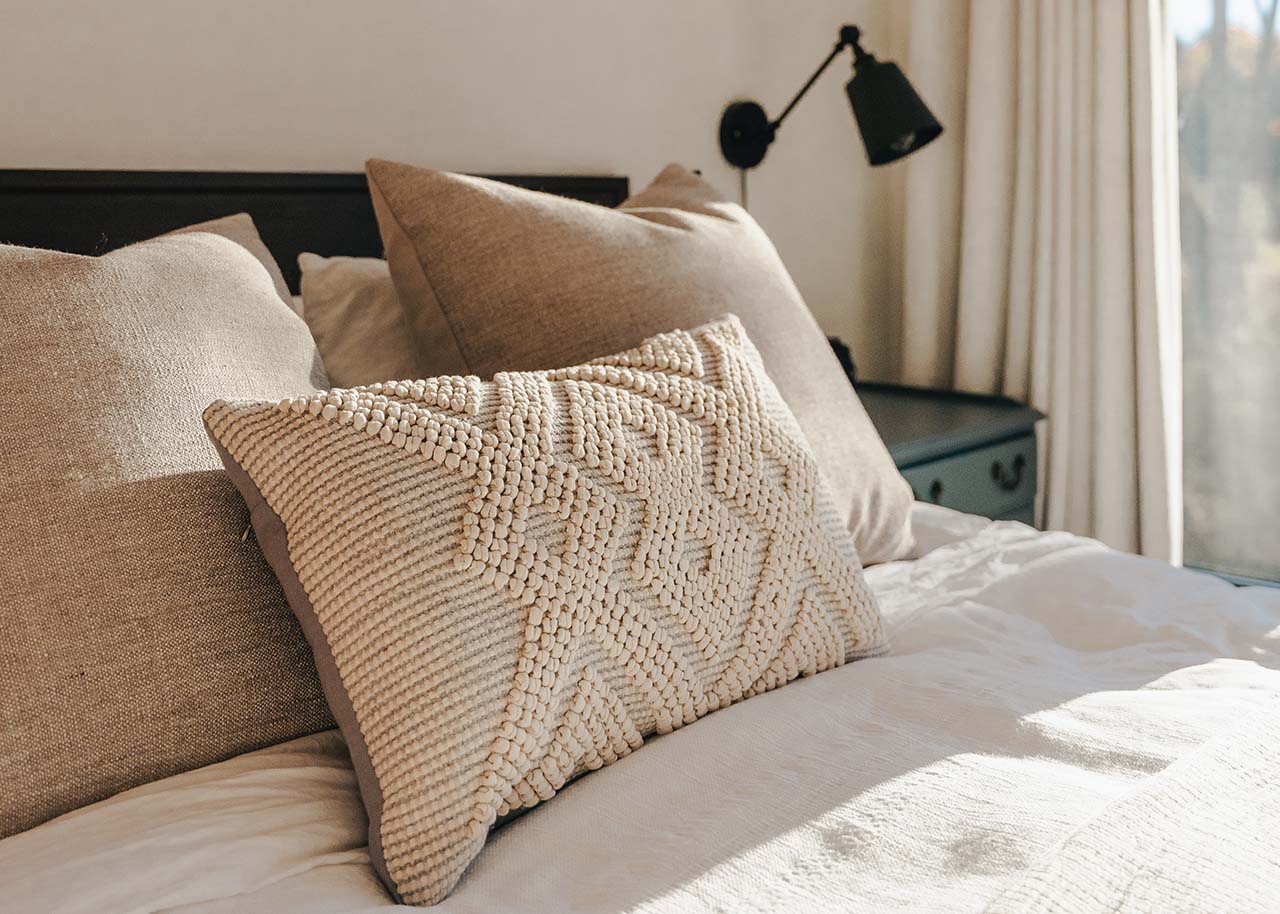collaborative post
We love our homes. They’re the one place on Earth we can truly relax, secure, protect, and feel nourished by every single day. That said, curating a space such as this takes work, not only in maintenance and cleaning, but in designing and retrofitting to your needs over time.
As our family grows, and our set of possessions expand, it’s easy for this space to feel a little more compressed than it had before. Sure, you could extend the property, but this is often expensive. A much quicker, easier approach is to try and make more with what you have, especially if your home is rather small.
It’s hard to artificially add space to a living situation. But you can certainly manage how you use the space you have. Knowing where to begin, though, especially when you’re so settled into your home, is tough. How can you develop the right approach? In this post, we’d like to give you some ideas.
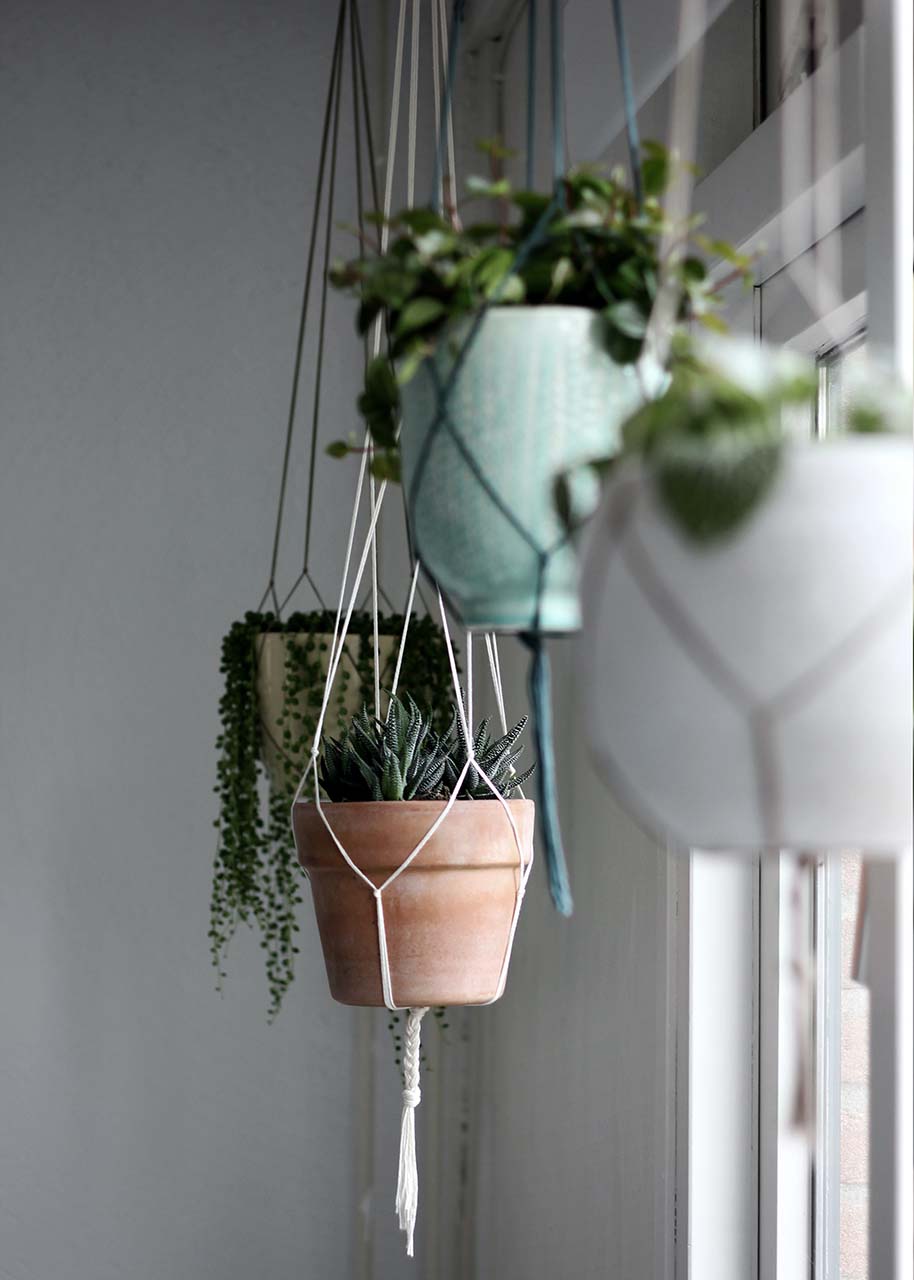
Vertical & hanging storage
Making use of the walls is a good way to expand your utilised space within the home, but that’s easier said than done. Luckily, there are many ways you can extend yourself vertically without cluttering the home. For example, hanging gardens for greenery, hanging storage baskets, shelving units, and even furniture that folds into itself, like beds that fold into a wall unit, can allow for much more utility here. This way, you can increase the floor space in your home and walk around without obstacles, while not having to eschew the utility of your home for the privilege.
Multi-purpose, comforting furniture
It’s smart to implement multi-purpose furniture that can provide a range of uses in one. For example, these kids bunk beds can offer two beds, or even a chair and a desk underneath for additional utility and storage. This means effectively one unit is providing several comforting functions and may even be all the furniture you need in a kids bedroom, while also ensuring the principle of vertical space used is cared for, as discussed above. Multi-purpose furniture like this can also save you money, as it saves you from having to purchase multiple items at once.
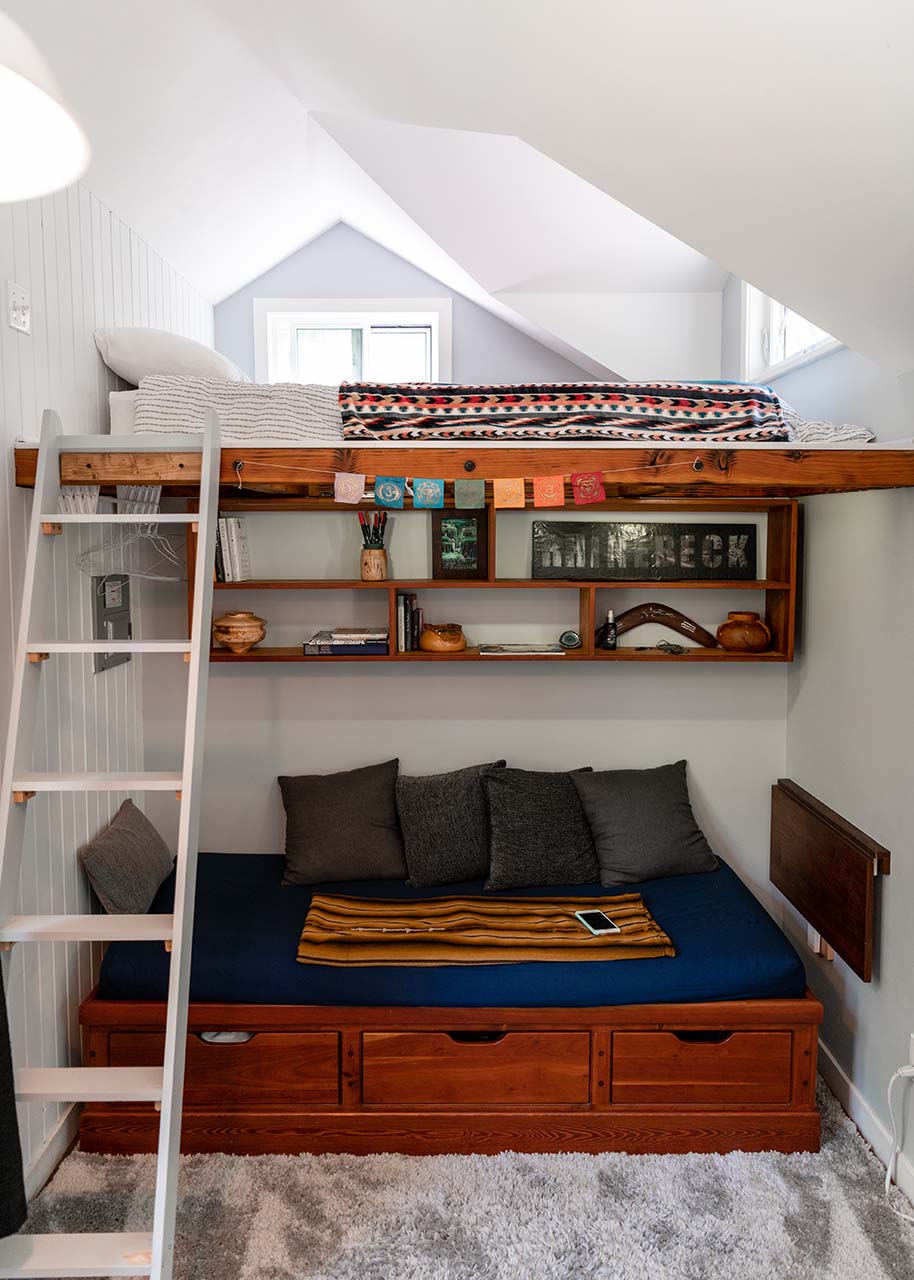
Orienting possessions
It’s good to orient the furniture and possessions within that space, as this can provide you with a better means of navigating your room, and may save you more space. So for example, in a small bedroom you may have a wardrobe in the corner. But because of it being angled against the corner, the actual corner part of the bedroom is cut off, empty space that could have been used. If you angle the wardrobe into that corner so the side lines up with the wall, you may claim back another half-square-foot of space. Little measures like this can help you slot in your furniture more easily, and that does have an effect.
With this advice, you’re sure to make more space out of even the smaller rooms in your home.
This post is contributed by a content partner. The content is meant to inspire you how to live a slow, simple, soulful and sustainable lifestyle and may contain (affiliate) links to articles, websites or products/services that you might be interested in.
Would you like to receive inspiration from The Slow Living Guide regularly?
Sign up for the newsletter here.
